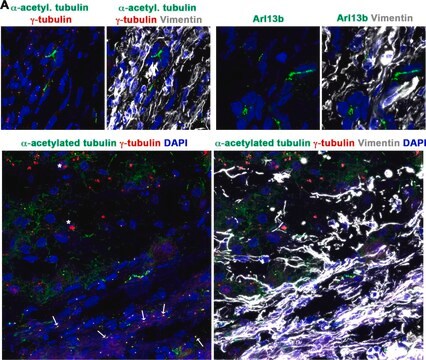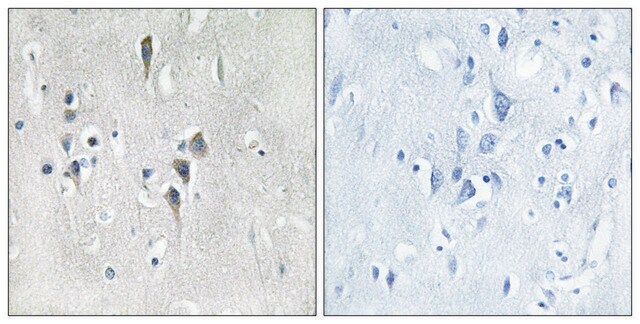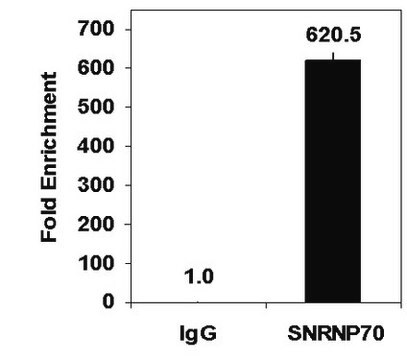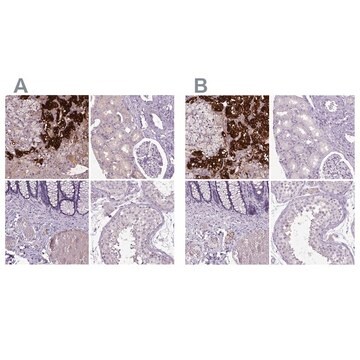C265
Monoclonal Anti-CaM Kinase IIα (CaMKIIα) antibody produced in mouse
clone 6G9, purified immunoglobulin, buffered aqueous solution
Sinónimos:
Anti-CAMKA, Anti-CaMKIINalpha, Anti-CaMKIIalpha, Anti-MRD53, Anti-MRT63
About This Item
Productos recomendados
biological source
mouse
Quality Level
conjugate
unconjugated
antibody form
purified immunoglobulin
antibody product type
primary antibodies
clone
6G9, monoclonal
form
buffered aqueous solution
mol wt
antigen ~50 kDa
species reactivity
rat, mouse
technique(s)
indirect immunofluorescence: suitable using rat hippocampus
western blot: 0.5-1.0 μg/mL
isotype
IgG1
UniProt accession no.
shipped in
dry ice
storage temp.
−20°C
target post-translational modification
unmodified
Gene Information
rat ... Camk2a(25400)
General description
Immunogen
Application
Physical form
Disclaimer
¿No encuentra el producto adecuado?
Pruebe nuestro Herramienta de selección de productos.
Storage Class
10 - Combustible liquids
wgk_germany
nwg
flash_point_f
Not applicable
flash_point_c
Not applicable
ppe
Eyeshields, Gloves, multi-purpose combination respirator cartridge (US)
Elija entre una de las versiones más recientes:
¿Ya tiene este producto?
Encuentre la documentación para los productos que ha comprado recientemente en la Biblioteca de documentos.
Nuestro equipo de científicos tiene experiencia en todas las áreas de investigación: Ciencias de la vida, Ciencia de los materiales, Síntesis química, Cromatografía, Analítica y muchas otras.
Póngase en contacto con el Servicio técnico








